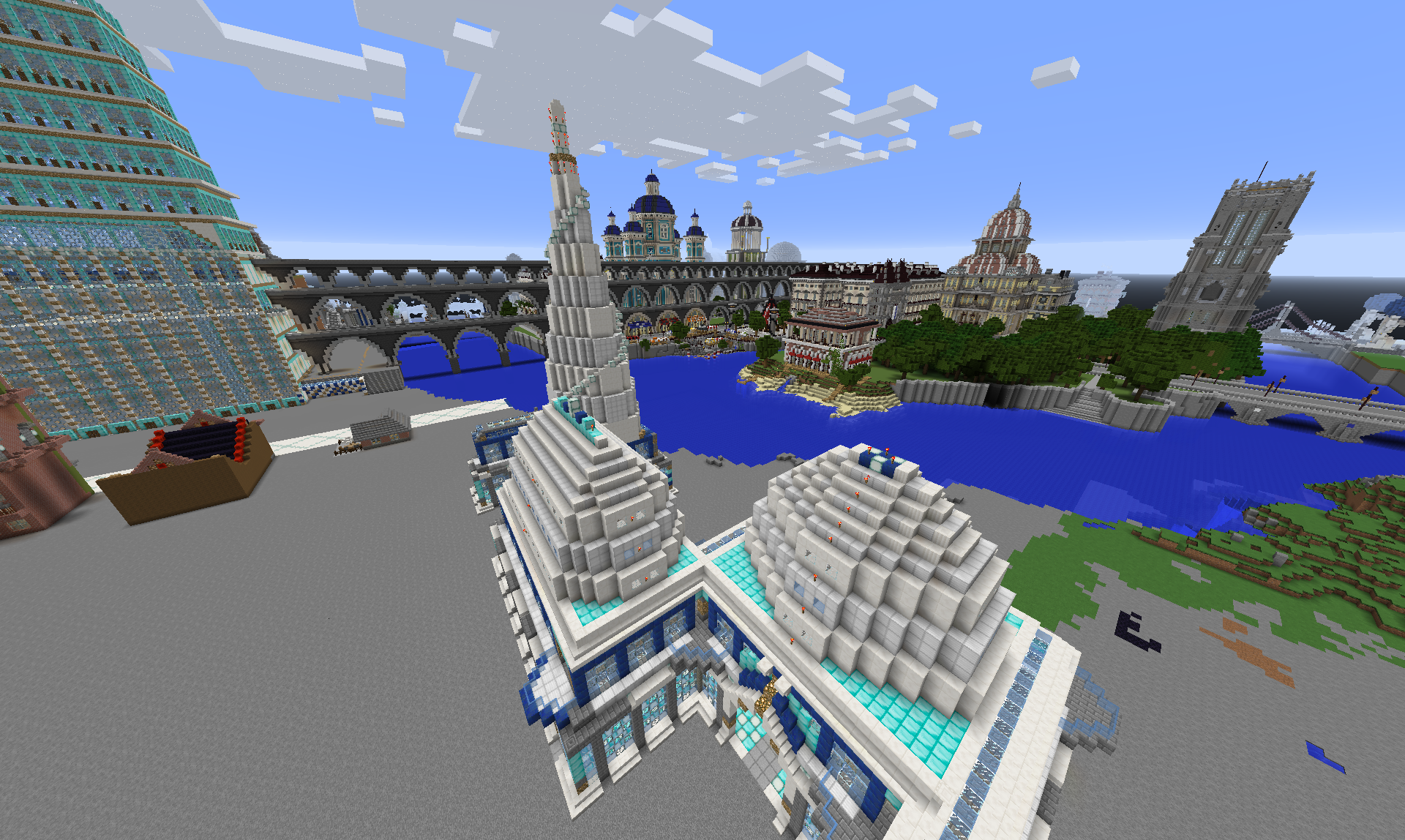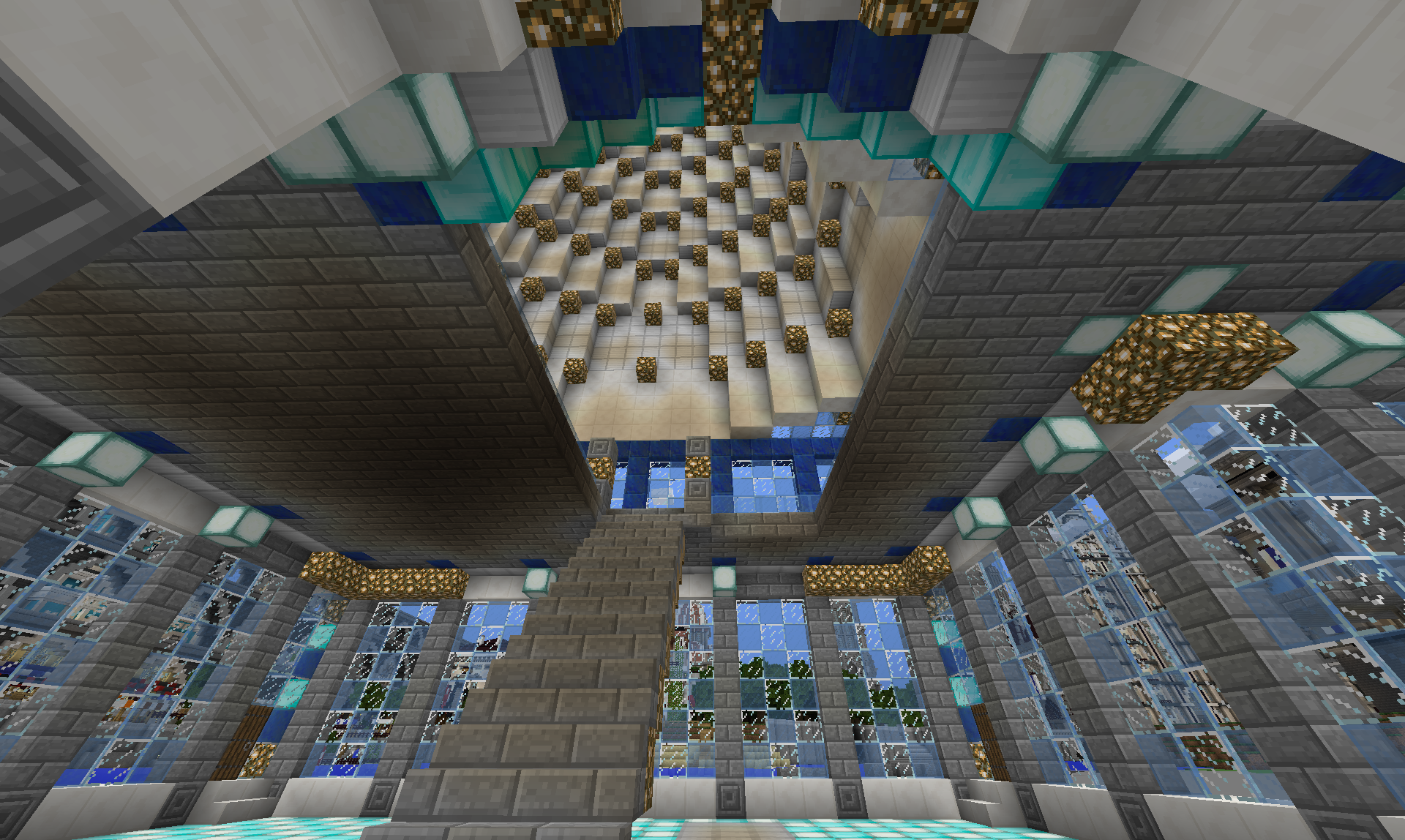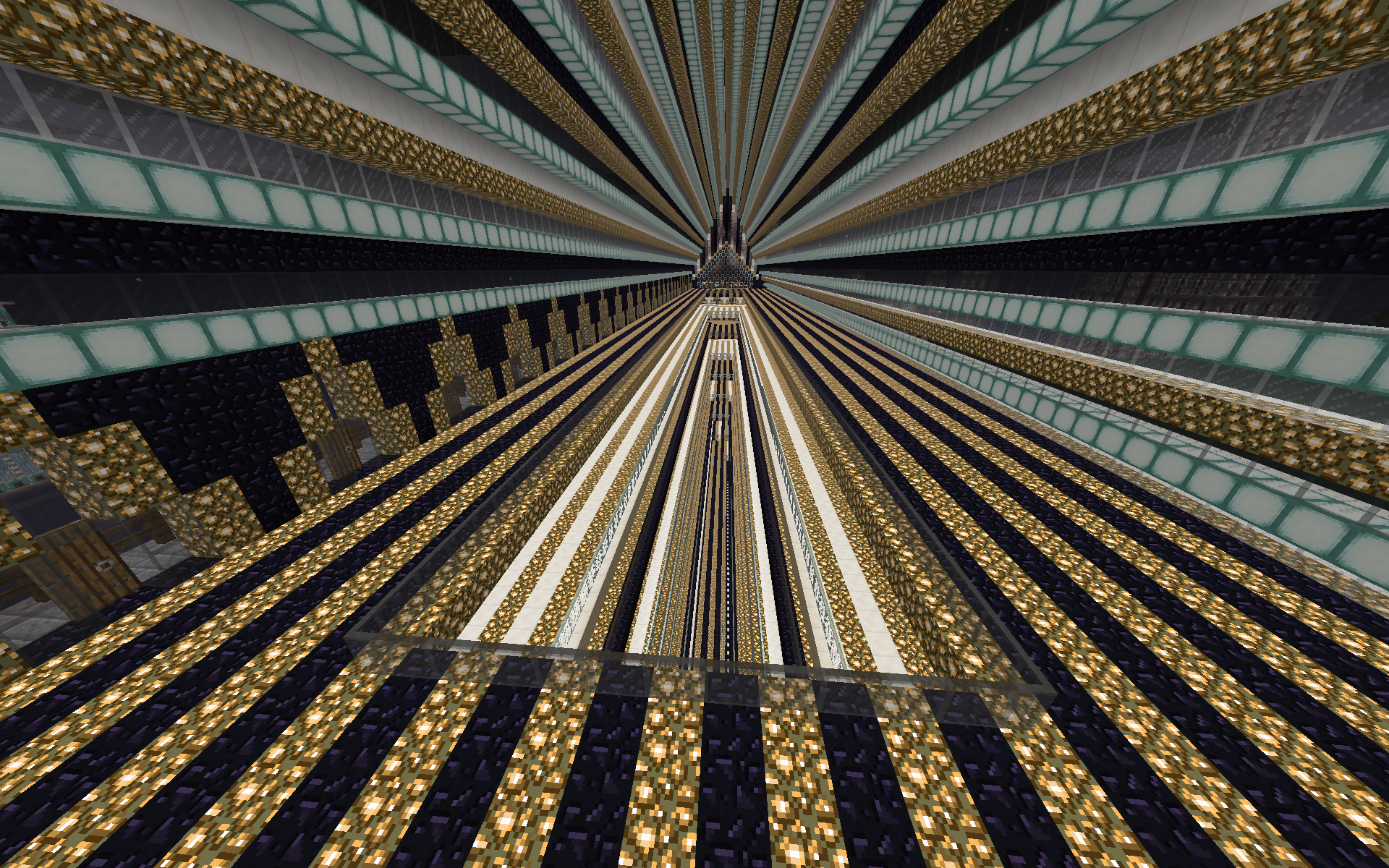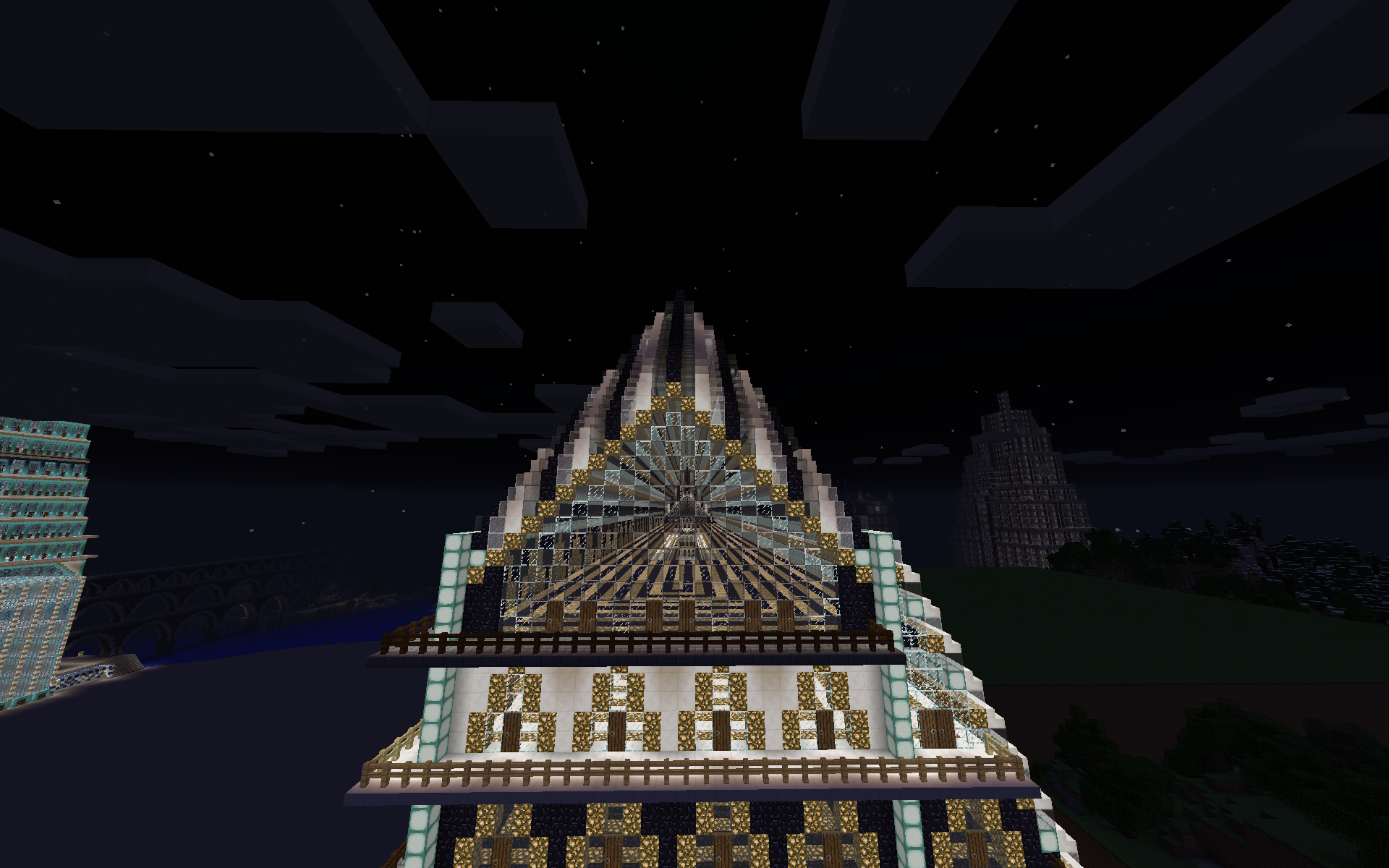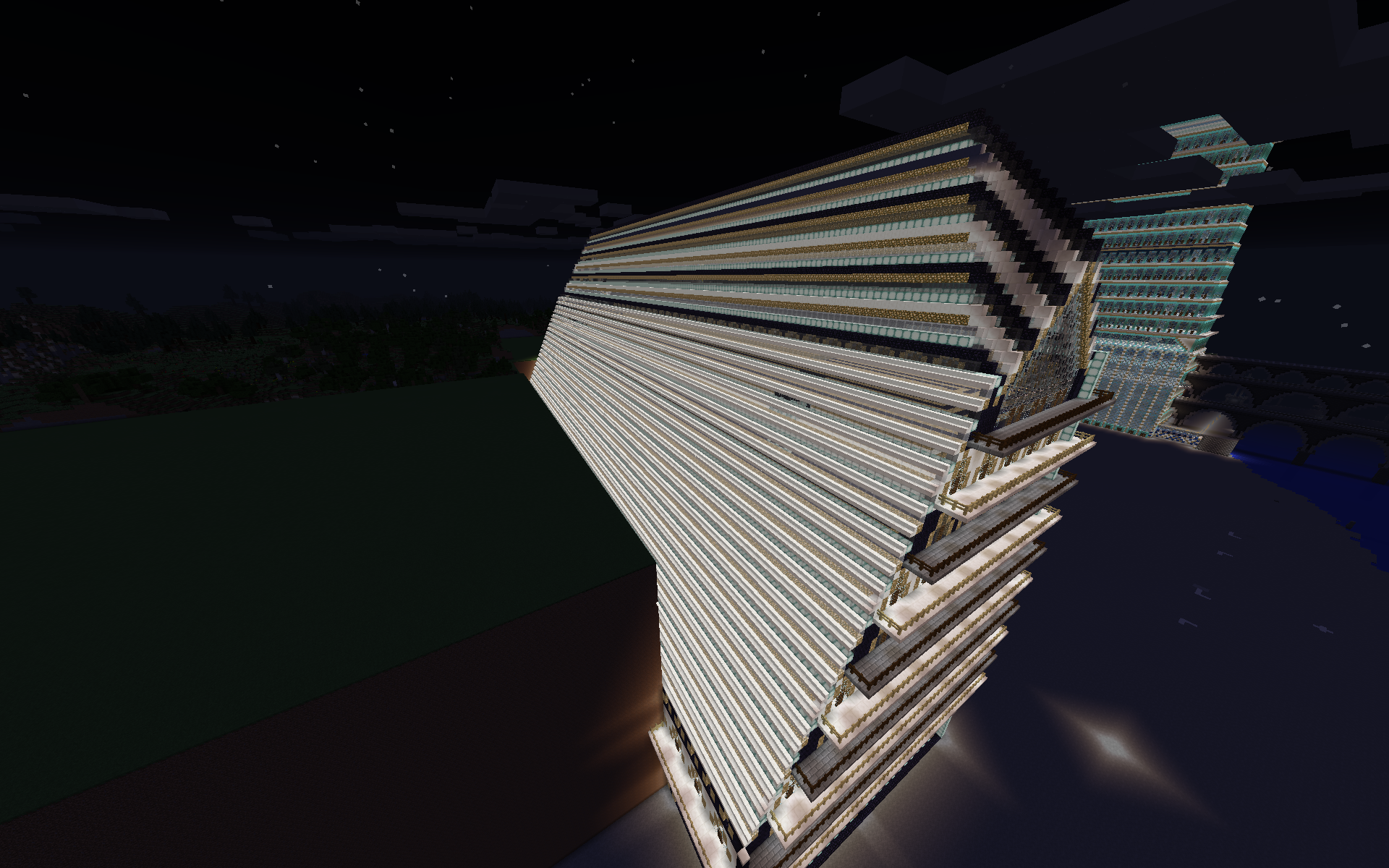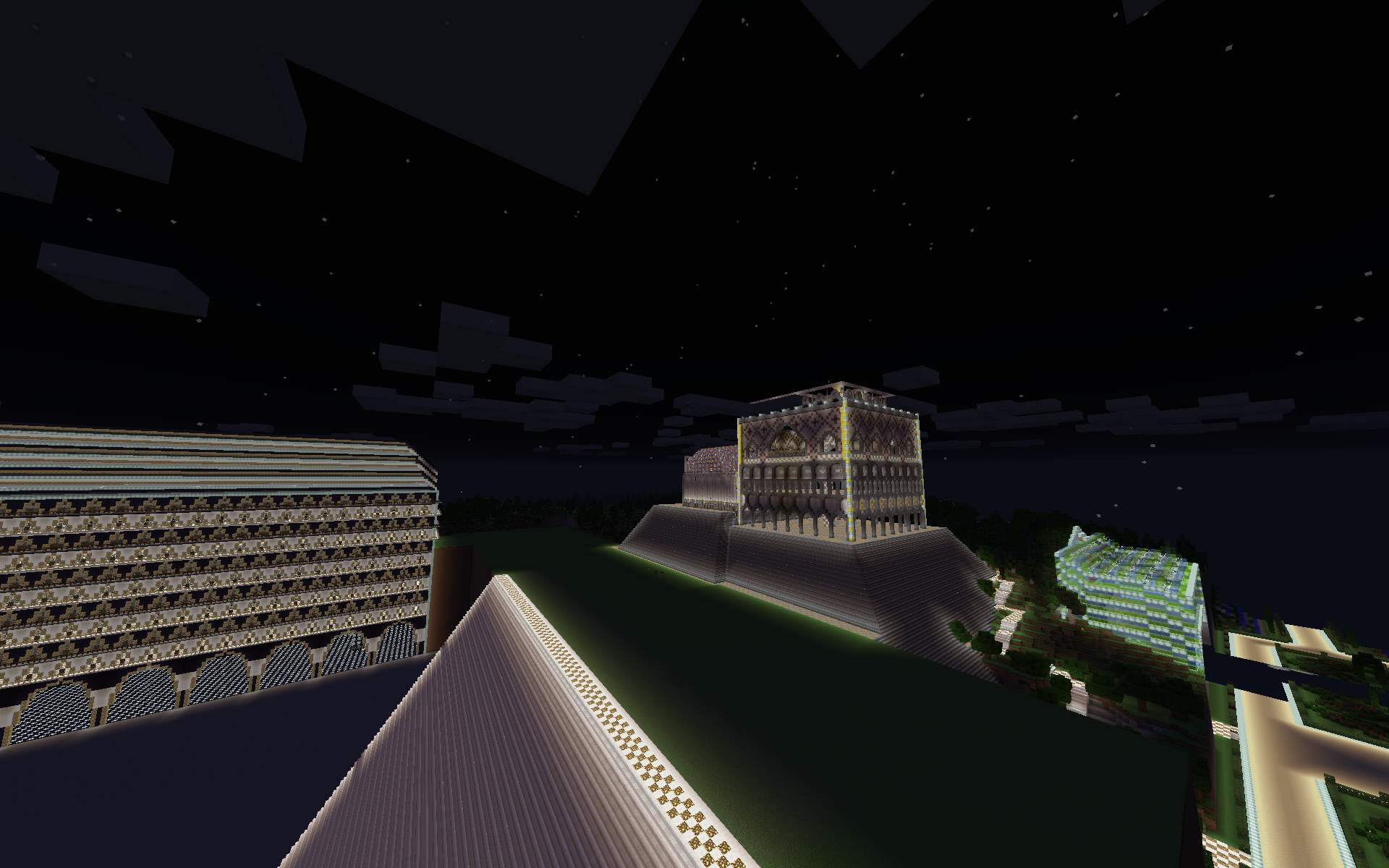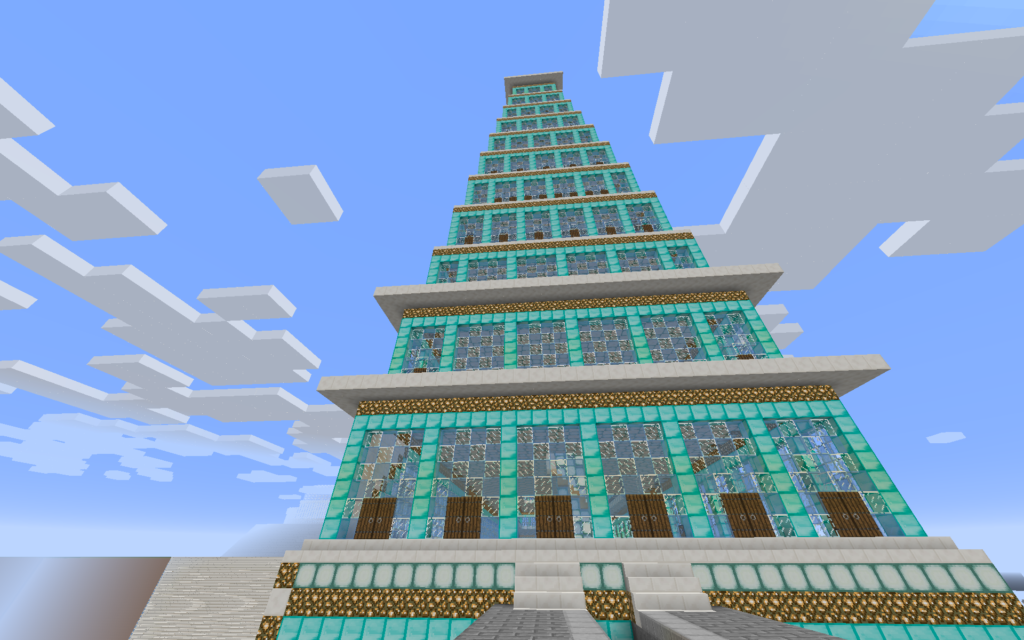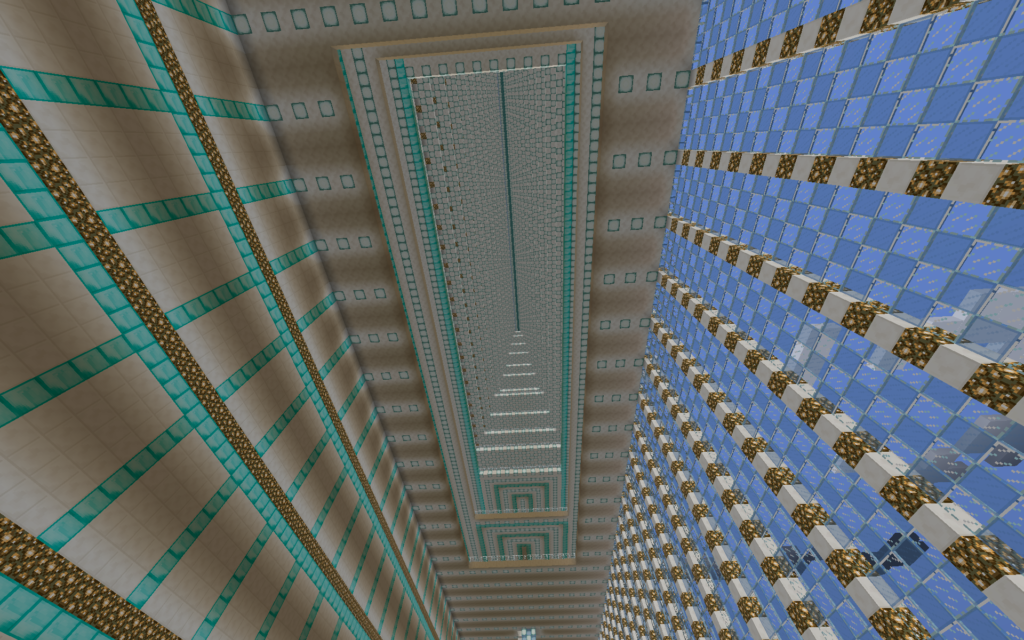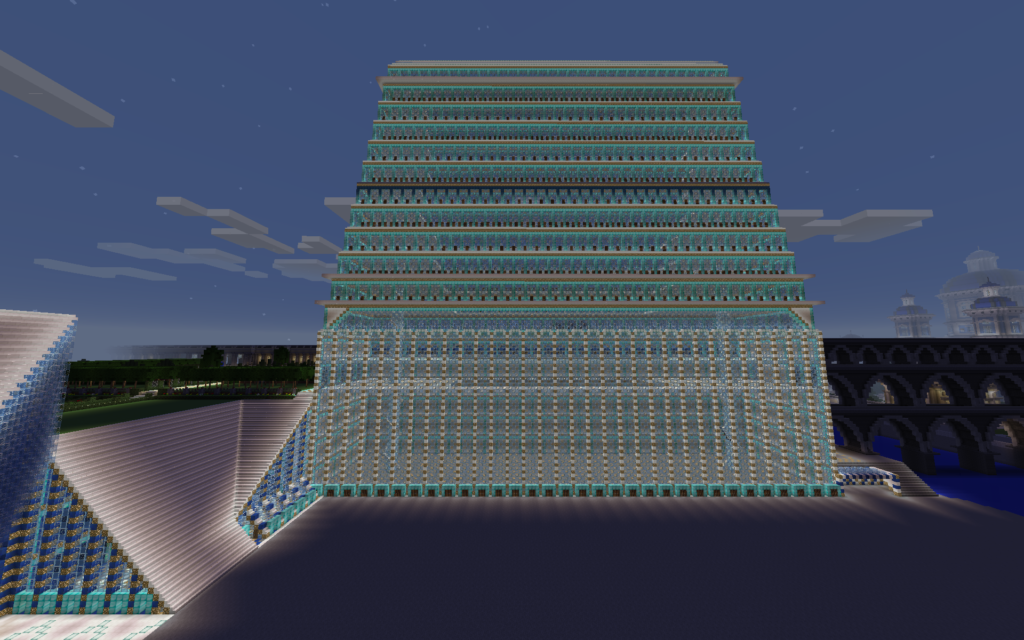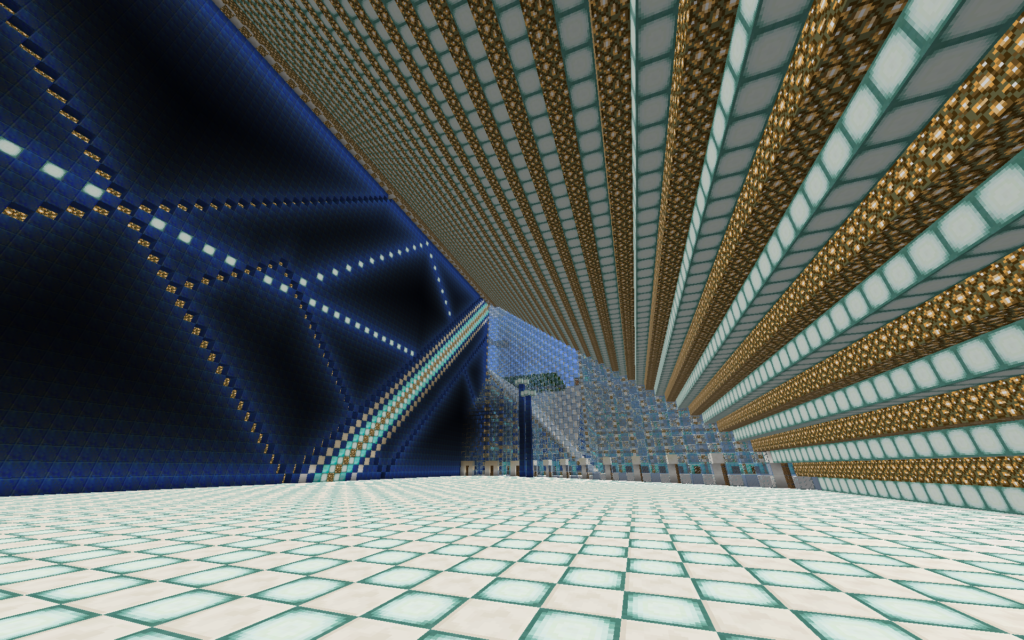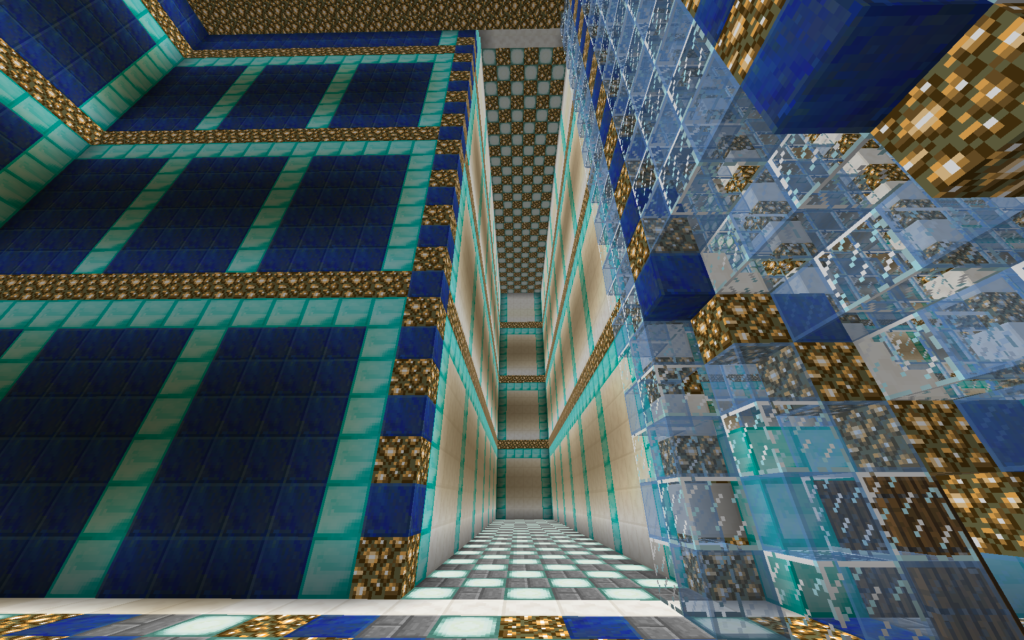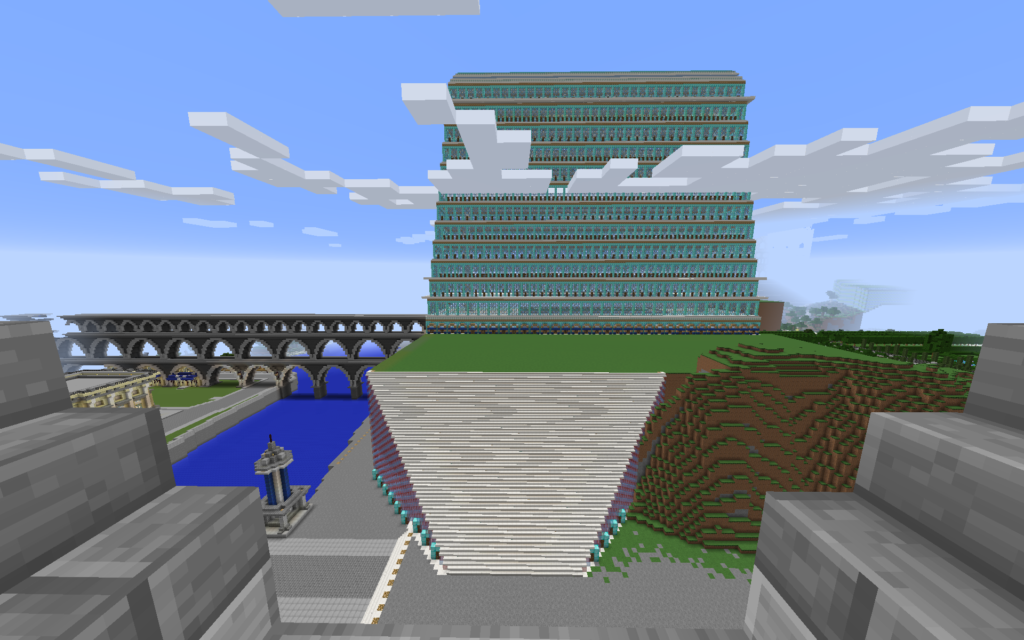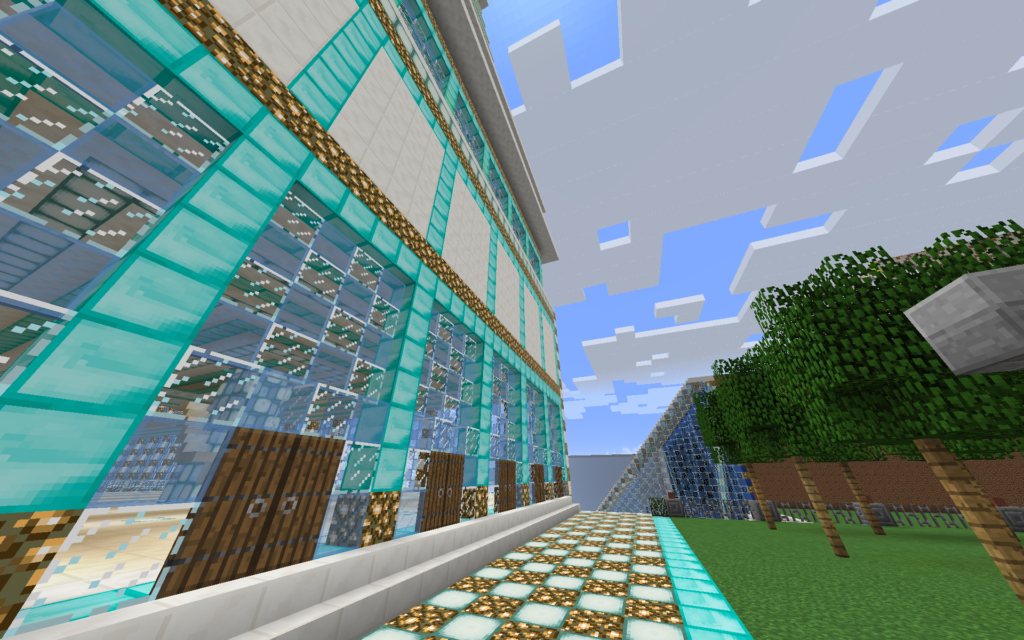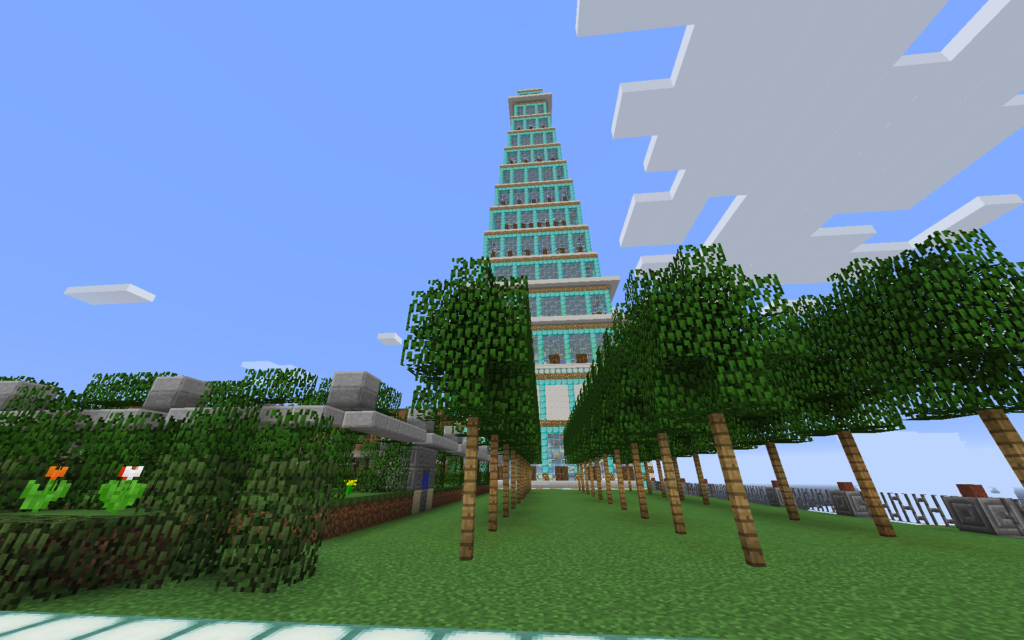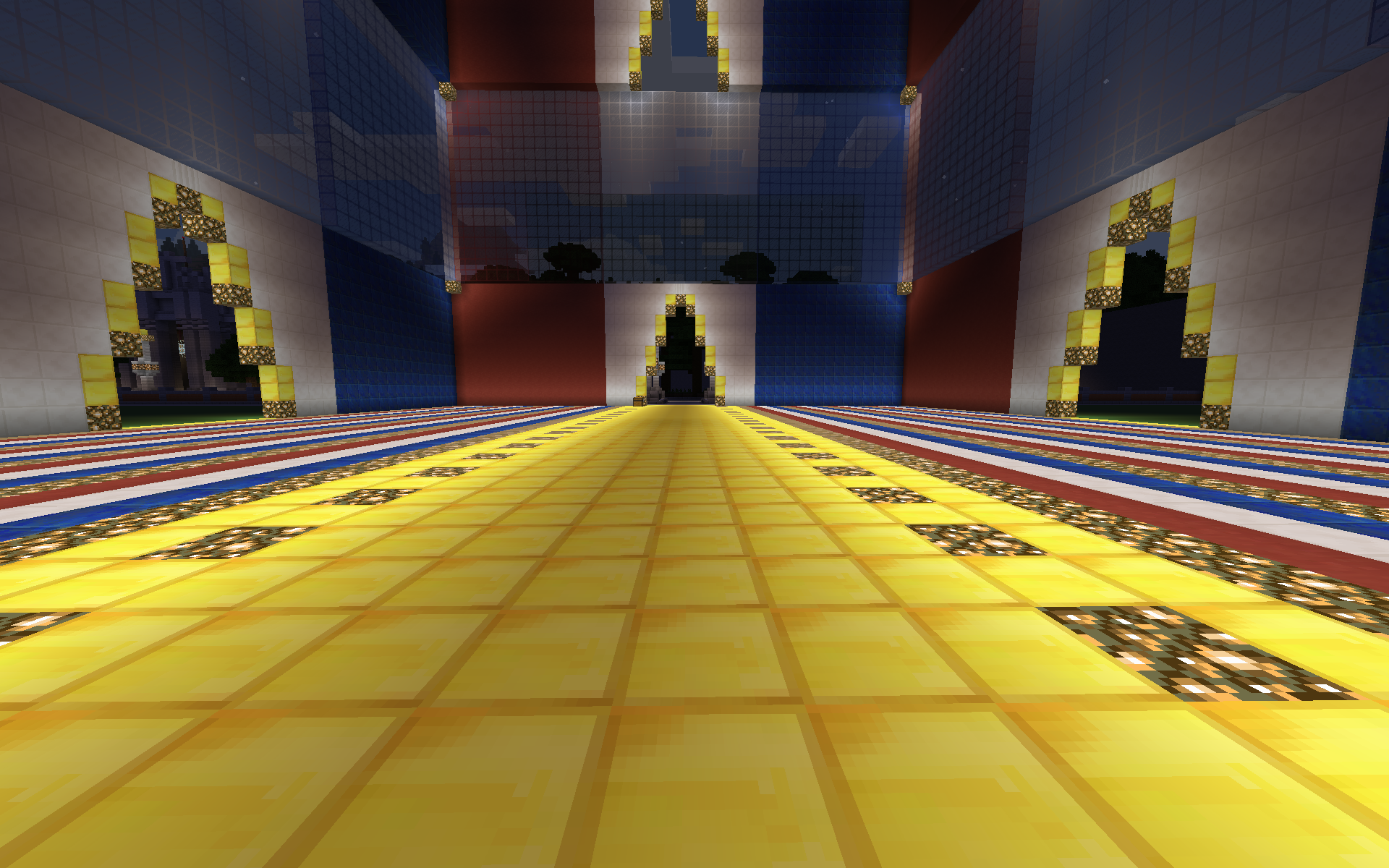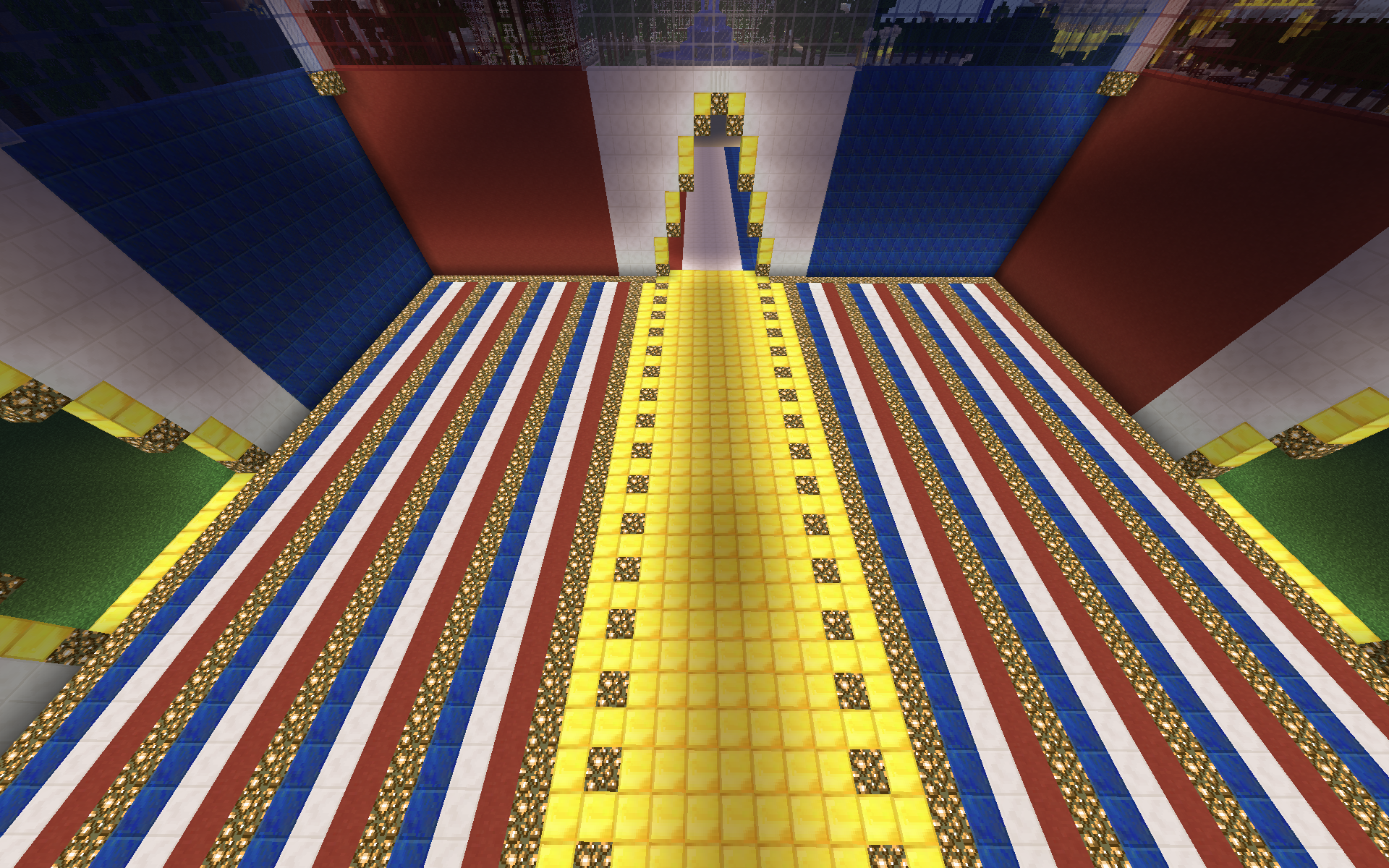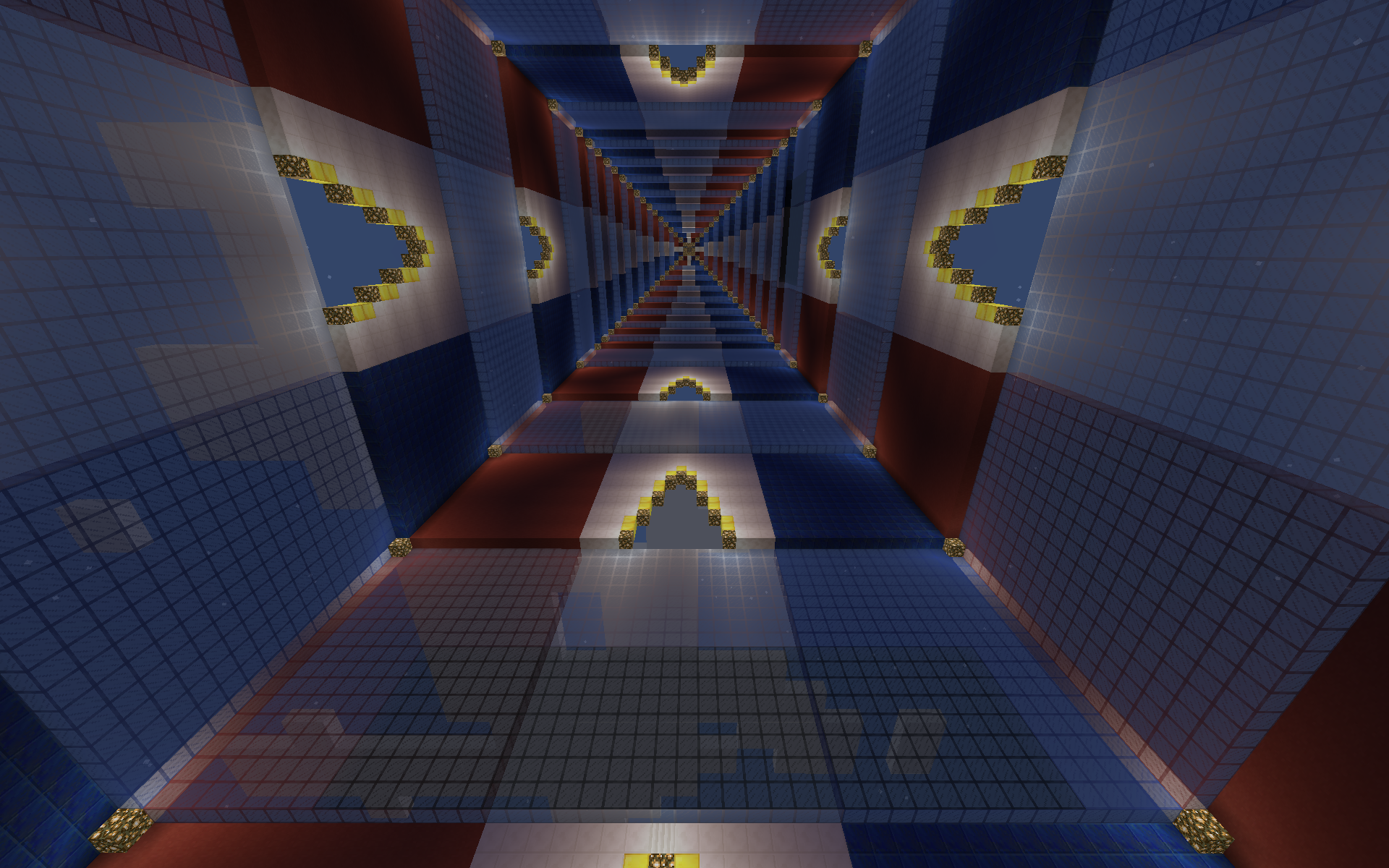No realm of human activity in the past century has empowered and liberated the individual as efficaciously as technological advancement. Our personal, political, and economic freedoms – though limited in many respects – today allow us to achieve quality-of-life improvements and other objectives that were inconceivable even a few decades ago. Much libertarian, classical liberal, and Objectivist theory supports this insight, but in our era of increasing salience of advanced technology, this support needs to be made far more explicit and applied toward vocal advocacy of emerging, life-transforming breakthroughs that further raise the capacities of the individual. Gamification, augmented reality, and virtual worlds can play a significant role in enhancing and preserving our physical lives.
I find a lot of support for technological progress, self-determination, and the triumph of the individual over the impositions of the collective in the works of Ayn Rand (as an example, see this 2012 essay of mine for a brief analysis of Randian individualism). The Austrian economists Carl Menger and Ludwig von Mises were also great exponents of individualism, and their innovations in value-theory emphasized the importance of subjective preference in the determination of prices, the work of entrepreneurs, and the effects of policy. They grounded their economic work in a deep understanding of philosophy and offered a countervailing view of the world during a time when postmodernism was gaining popularity. They explained that universal laws of economics, derived from the basic fact of human action itself, are at the root of explaining whether societies facilitate flourishing and progress, or misery and stagnation.
Were these great thinkers alive today, it would have been fascinating to observe their insights regarding the power of technology to enable the personal creation of art which was not technically feasible for an individual in prior eras to create. They would surely recognize the amazing influence of the latest generation of technological entrepreneurs on our lives and well-being – not just in the emergence of computers, the Internet, and mobile devices – but also in less-emphasized applications, such as digital art, electronic music, increasingly sophisticated and graphically immersive computer games, and tools for the “quantified self” – an increasing array of metrics for vital bodily attributes and activities. The convergence of these tools is ushering in an era of augmented reality, which rational and determined creators can harness to achieve their goals more effectively and more enjoyably.
I have seen this vast technological improvement affect my ability, for example, to compose music. In a few hours I can create a composition and hear it played back flawlessly by an electronic orchestra, whereas even a decade ago I would have needed to spend weeks internalizing melodies and variations. In order to play my compositions, I would have had to spend months practicing, even then being quite vulnerable to human error. One of my current ongoing projects is to remaster as many of my older compositions (all preserved, thankfully) as I can using the tools now available to me – enabling their flawless playback via synthetic instruments. Today, they can sound exactly as I intended them to sound when I composed them years ago. Many works have already been remastered in this way (available within this video playlist), which has enabled me to hear and to share with the world pieces which have not been in my “finger memory” for over a decade.
Numerous life-improving applications of augmented reality are emerging now and can be expected to expand during the proximate future. Many of these technologies can have strong, immediate, practical benefits in enhancing human survival and functionality within the physical world. Already, mobile applications such as Runkeeper, scoring systems like that of Fitocracy, or devices like the Fitbit allow individuals to track physical activity in a granular but convenient manner and set measurable targets for improvement. Significant additional innovation in these areas would be welcome. For instance, it would be excellent to have access to live readings of one’s vital statistics, both as a way of catching diseases early and measuring progress toward health goals. This vision is familiar to those who have encountered such functionality in virtual worlds. Players track and improve these statistics for their characters in computer games, where it proves both interesting and addictive – so why not bring this feature to our own bodies and other aspects of our lives?
Computer games – one type of virtual world – expand the esthetic and experiential possibilities of millions of people. While not fully immersive, they are far more so than their predecessors of 20 years ago. They can extend the range of human experience by enabling people to engage in actions inaccessible during the course of their daily lives – such as making major strategic decisions in business, politics, or world-building, exploring outer space, or designing and interacting with a skyscraper without the hazards of being a construction worker. (Minecraft comes to mind here as an especially versatile virtual world, which can be shaped in unique ways by the creativity of the individual. I can readily imagine a future virtual-reality game which is a more immersive successor of Minecraft, and where people could create virtual abodes, meeting places, and even technological experiments. Minecraft already has mods that allow the creation of railroads, industrial facilities, and other interesting contraptions.)
One common and highly gratifying feature of computer games that has long fascinated me is the ability to make steady, immediately rewarding progress. Any rational, principled economic or societal arrangement that promotes human flourishing should do the same. Emerging efforts at the “gamification” of reality are precisely a project of imparting these rational, principled characteristics – hopefully remedying many of the wasteful, internally contradictory, corrupt, and fallacy-ridden practices that have pervaded the pre-electronic world.
Tremendous technological, cultural, and moral progress could be achieved if this addictive quality of games were translated into the communication of sophisticated technical concepts or philosophical ideas, such as those underpinning transhumanism and indefinite life extension. If there were a way to reliably impart the appeal of games to knowledge acquisition, it would be possible to trigger a new Age of Enlightenment and a phenomenon never seen before in history: that of the masses becoming intellectuals, or at least a marked rise in intellectualism among the more technologically inclined. This aspiration relates to my article from early 2013, “Open Badges and Proficiency-Based Education: A Path to a New Age of Enlightenment” – a discussion of an open-source standard for recognizing and displaying individual achievement, which could parlay the abundance of educational resources available online into justified reward and opportunities for those who pursue them.
While some critics have expressed concern about a future where immersion in virtual worlds might distract many from the pressing problems of the physical world, I do not see this as a major threat to any but a tiny minority of people. No matter how empowering, interesting, addictive, and broadening a virtual experience might be (and, indeed, it could someday be higher-resolution and more immersive than our experience of the physical world), it is ultimately dependent on a physical infrastructure. Whoever controls the physical infrastructure, controls all of the virtual worlds on which it depends. This has been the lesson, in another context, of the recent revelations regarding sweeping surveillance of individuals by the National Security Agency in the United States and its counterparts in other Western countries. This inextricable physical grounding is a key explanation for the unfortunate fact that the Internet has not yet succeeded as a tool for widespread individual liberation. Unfortunately, its technical “backbone” is controlled by national governments and the politically connected and dependent corporations whom they can easily co-opt, resulting in an infrastructure that can be easily deployed against its users.
A future in which a majority would choose to flee entirely into a virtual existence instead of attempting to fix the many problems with our current physical existence would certainly be a dystopia. Virtual reality could be great – for learning, entertainment, communication (especially as a substitute for dangerous and hassle-ridden physical travel), and experimentation. Some aspects of virtuality – such as the reception of live statistics about the external world – could also be maintained continually, as long as they do not substitute for the signals we get through our senses but instead merely add more to those signals. However, the ideal use of virtual reality should always involve frequent returns to the physical world in order to take care of the needs of the human body and the external physical environment on which it relies. To surrender that physicality would be to surrender control to whichever entity remains involved in it – and there is no guarantee that this remaining entity (whether a human organization or an artificial intelligence) would be benevolent or respectful of the rights of the people who decide to spend virtually all of their existences in a virtual realm (pun intended).
Fortunately, the pressures and constraints of physicality, so long as they affect human well-being, are not easily wished away. We live in an objective, material reality, and it is only by systematically following objective, external laws of nature that we can reliably improve our well-being. Many of us who play computer games, spend time on online social networks, or even put on virtual-reality headsets in the coming years, will not forget these elementary facts. We will still seek food, shelter, bodily comfort, physical health, longevity, and the freedom to act according to our preferences. The more prudent and foresighted among us will use virtual tools to aid us in these goals, or to draw additional refreshment and inspiration within a broad framework of lives where these goals remain dominant.
In a certain sense, virtual worlds can illustrate some imaginative possibilities that cannot be experienced within the non-electronic tangible world – as in the possibility of constructing “castles in the air” in a game such as Minecraft, where the force of gravity often does not apply (or applies in a modified fashion). There is a limit to this, though, in the sense that any virtual world must run on physical hardware (unless there is a virtual machine inside a virtual world – but this would only place one or more layers of virtuality until one reaches the physical hardware and its limitations). A virtual world can reveal essential insights which are obscured by the complexity of everyday life, but one would still remain limited by the raw computing power of the hardware that instantiates the virtual world. In a sense, the underlying physical hardware will always remain more powerful than anything possible within the virtual world, because part of the physical hardware’s resources are expended on creating the virtual world and maintaining it; only some fraction remains for experimentation. People have, for instance, even built functioning computers inside Minecraft (see examples here and here). However, these computers are nowhere close to as powerful or flexible as the computers on which they were designed. Still, they are interesting in other ways and may employ designs that would not work in the external physical world for various reasons.
Most importantly, the fruits of electronic technologies and virtual worlds can be harnessed to reduce the physical dangers to our lives. From telecommuting (which can reduce in frequency the risks involved with physical business travel) to autonomous vehicles (which can render any such travel devoid of the accidents caused by human error), the fruits of augmented reality can be deployed to fix the previously intractable perils of more “traditional” infrastructure and modes of interaction. Millions of lives can be saved in the coming decades because a few generations of bright minds have devoted themselves to tinkering with virtuality and its applications.
The great task in the coming years for libertarians, individualists, technoprogressives, transhumanists, and others who seek a brighter future will be to find increasingly creative and sophisticated applications for the emerging array of tools and possibilities that electronic technologies and virtual worlds make available. This new world of augmented reality is still very much a Mengerian and a Misesian one: human action is still at the core of all meaningful undertakings and accomplishments. Human will and human choice still need to be exerted – perhaps now more so than ever before – while being guided by human reason and intellect toward furthering longer, happier lives characterized by abundance, justice, peace, and progress.




